FAQS
If you’re glancing in your fly box and can’t remember which ones are wet flies and which are dries, remember that wet flies often incorporate weights, like tungsten bead heads, to get them below the surface. Your wet flies will imitate swimming insects and their hackles are softer as they’re meant to flutter in the current, or while stripping. Dry flies are “fluffier” to imitate adult winged insects like mayflies, ants, and grasshoppers, and often have a stiffer hackle, or larger wing that lies parallel to the water, meant to add buoyancy. The simplest wet and dry flies can be fished using either method, even if it’s not their primary purpose. Occasionally sinking a caddis dry fly or fishing a soft hackle wet fly on the surface can be quite productive.
The best way to fish wet flies is to cast downstream across the current at a 45 degree angle. Mend the line upstream so the fly swings on a tight light under the surface. Let the fly swing naturally in the feeding lane, not too fast or slow. Let the fish do the work, as they’ll often hook themselves. A wet fly has little air resistance, so the casting is easy and pleasant. For a more detailed, hands-on explanation, watch this video of Tom Rosenbauer offering tips on fishing wet flies.
Yes, you can use a wet fly on a floating line, but you may have to add split shot or fish a weighted fly to get the fly down in the water column depending on the conditions. In shallow water, you may be able to use a wet fly on floating line with no split shot. Our experts agree that water depth and current are the two main factors for deciding between sinking or floating line for your wet flies and streamers.
Trout like both wet and dry flies. The key is matching your fly to where the trout are feeding. If they’re deep in the water column, tie on a proven wet fly. Any in this collection will draw strikes. If the trout are rising to the surface, use dry flies they can’t resist like the Adams Parachute or the Stimulator.
Wet flies imitate aquatic prey, like caddis, blue-winged olives, stoneflies, and mayflies.
Yes, wet flies sink. These flies are designed to attract fish below the surface, so they’ll often have weighted bead heads or less buoyant body materials to get them down quickly.
Trout is the primary fish species targeted with wet flies.
Yes, Orvis wet flies are made by hand, as are our dry flies.
Some wet flies are barbless, like our Tom Rosenbauer’s Soft Wire Hackle. The rest are barbed.
Effective Wet Flies for Fly Fishing
Fly fishing with emerging wet fly patterns from Orvis is an excellent and proven way to draw strikes from trout feeding just below the surface. Our wet flies imitate caddis, blue-winged olives, stoneflies, mayflies, and crab. Choose from a variety of wet flies, including our best selling Tunghead Soft Hackle Hare’s Ear, Sparkle Soft Hackle, and Gold Ribbed Hare’s Ear. These versatile patterns make excellent dropper flies on a dry-dropper setup or traditional nymph rig. They’re ideal for the angler who enjoys swinging wet flies on large rivers and small streams for picky trout. Add them to your fly box and be ready to match the hatch.
)
)
)
)
)
)
)
)
)
)
)
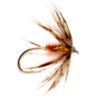


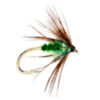
)
)
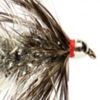

)

)
)
)
)
)
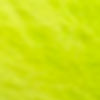
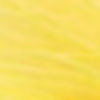
)
)